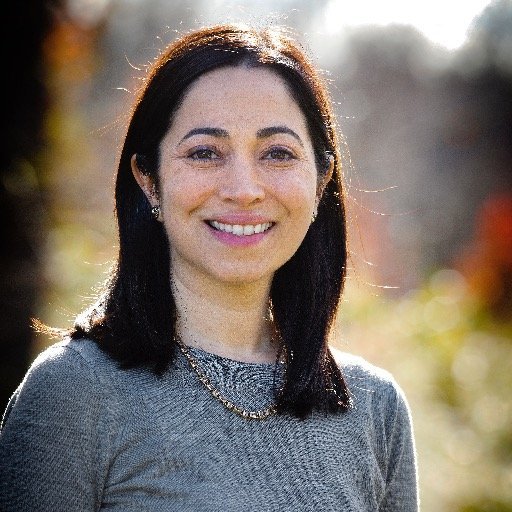
“With increased investment and a greater emphasis on secondary education, we’re seeing changes taking place in Chad”
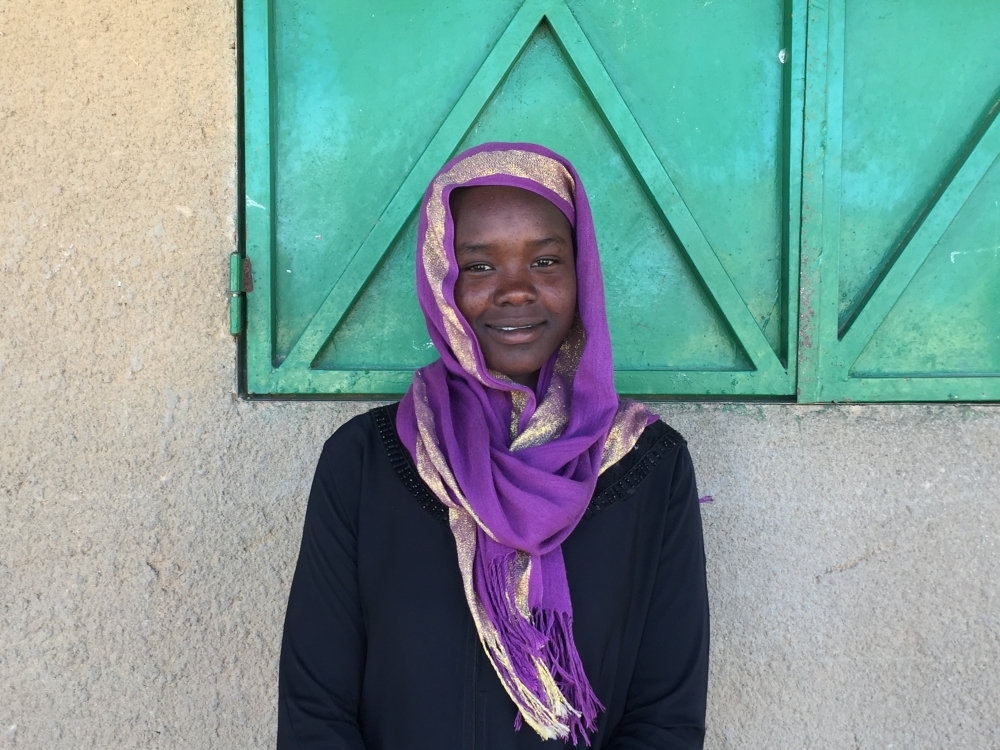
Barriers to education, Children in conflicts, Education Cannot Wait, Education funding, Education in emergencies, Girls' education, Refugees and internally displaced people, Right to education

Eastern Chad is home to more than 300,000 Darfuri refugees residing in a series of 12 camps for over a decade. Many adolescents in the camps can recall their flight from Sudan, the result of targeted killings that began in 2003, at the hands of Arab militias known as the Janjaweed.
As refugees in one of the poorest countries in the world – Chad ranks 185 out of 188 on the UN Human Development Index – young people continue to struggle to gain access to a quality education.
According to UNHCR, although 64% of primary-age Sudanese refugee children in eastern Chad are enrolled in school, only 39% reach secondary level. Globally, only one in four refugee adolescents are in secondary school.
The high pupil-to-teacher ratios, lack of textbooks and adequate classrooms, and bleak prospects for further education or work opportunities are just some of the reasons why refugee students don’t make it to secondary school.
A further obstacle in Chad is the ongoing transition from the Sudanese curriculum to the Chadian curriculum, which began in 2014. Although much progress has been made, not all parents were supportive of the transition and pulled their children out of school.
Other challenges included a lack of qualified teachers; low salaries and minimal professional development opportunities for teachers; and insufficient funding to cover basic needs.
I recently returned from a trip to Chad where I met Noha, a 17-year-old who told me she was five or six years old when she left Sudan. She remembers the long walk, during which her mother gave birth to one of her nine siblings and warplanes circled, shooting indiscriminately at civilians as they fled for their lives.
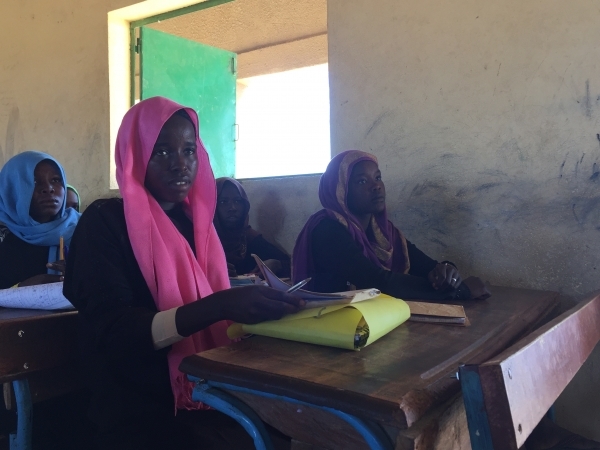
Sudanese refugees attending a Jesuit Refugee Service-supported secondary school in Iridimi camp, Chad (Giulia McPherson / Jesuit Refugee Service)
Noha’s story is not unique. If you speak to anyone her age in the camps they will recount a similar journey from Sudan.
But Noha’s future may hold promises that those before her could only dream of. She is currently enrolled in a Jesuit Refugee Service-supported secondary school in Iridimi camp, where she’s in her second year.
Her favourite subject is English and she wants to be a doctor. She perseveres amidst daily challenges including household chores before and after school, attending school in shifts and limited access to critical materials like textbooks.
With increased investment and a greater emphasis on the importance of secondary education, we’re seeing changes taking place. There were no secondary schools in Iridimi camp until 2012.
With the help of the State Department Bureau of Population, Refugees and Migration, access to secondary school is now a reality and new techniques are being used to increase enrolment and retain students.
These include developing Parent-Teacher Associations, to more clearly involve parents in the decision-making process and hear their concerns. Involving parents and families fosters a greater sense of ownership and shared responsibility for the success of the school and its students.
In a protracted crisis setting, like Chad, where refugees have little hope of returning home or being resettled to a third country, opportunities to integrate and contribute to the local community and economy must be explored.
For young mothers who want to study, nurseries are also made available so that their children have somewhere to go while their mothers are in class.
Students give back as well by making a small financial contribution to the school during the registration period.
For those students who simply cannot contribute, they are certainly not turned away. These resources are pooled together to help pay for student activities, snacks and other basic needs.
Finally, JRS instituted a “team teaching” approach last year, to facilitate the ongoing transition to the Chadian curriculum. This approach allows Sudanese teachers to pair up with Chadian teachers as they work together to implement the new curriculum and has been highly successful.
Students have also become more motivated as they see that there might be opportunities to further their education or embark on a career. In partnership with UNHCR, JRS has helped facilitate secondary students’ access to the DAFI Scholarship, a special programme for refugees which places students in local, host-country universities.
This year, JRS also launched a scholarship programme to allow refugees to enroll in a local teacher training college, after completing secondary school.
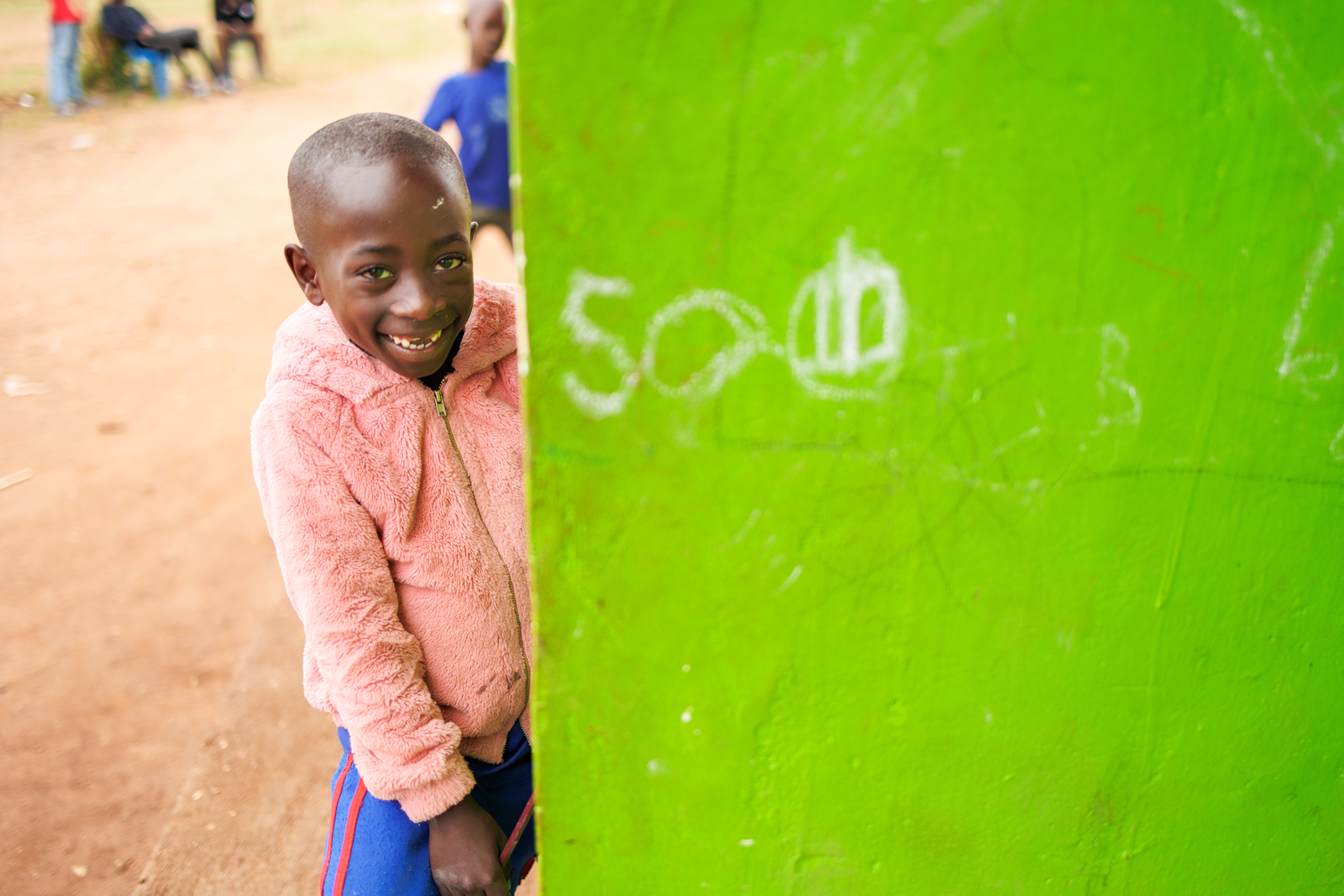
Refugees and internally displaced people
Forty students will take part in the three-year programme and, when finished, will be certified to teach secondary school in Chadian public or private schools, as well as in the camps.
Secondary education provides a critical link from primary education to higher education and professional or vocational training. Access to secondary education is one piece of that puzzle and will provide opportunities to Noha, and others, as they seek to build a future for themselves and their families.
In a protracted crisis setting, like Chad, where refugees have little hope of returning home or being resettled to a third country, opportunities to integrate and contribute to the local community and economy must be explored.
Recently, NGOs, UNHCR, donor governments and the Chadian Government came together to develop a five-year transition plan for secondary school, with an eye towards refugee integration into the host community.
While more work needs to be done, the launch of this process is exactly what must take place if refugees have any hope of moving beyond their refugee status and creating a place for themselves in their new home.
This article originally appeared on INEE.
More news
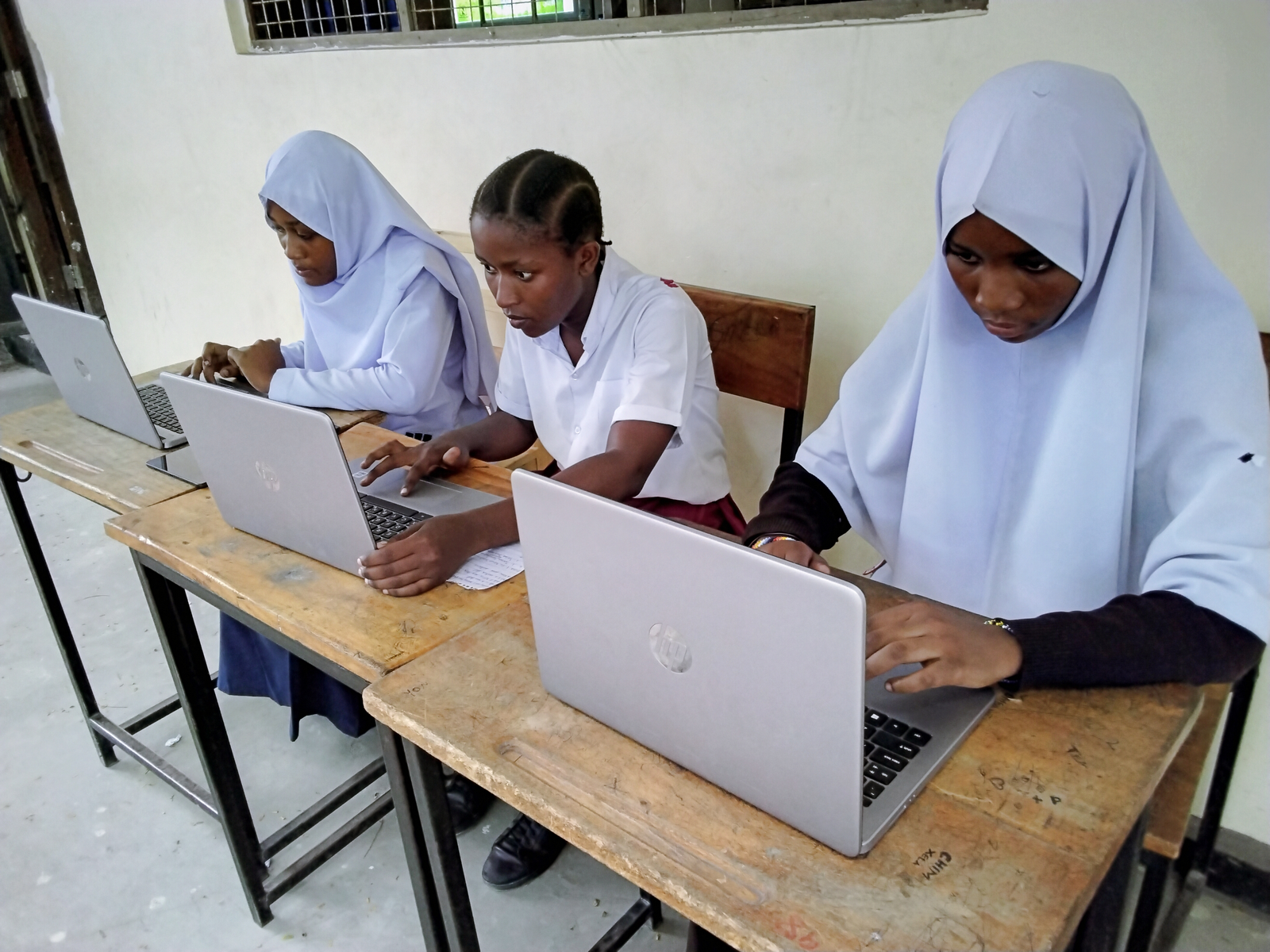
Skills for the future give young people the best chance of success
